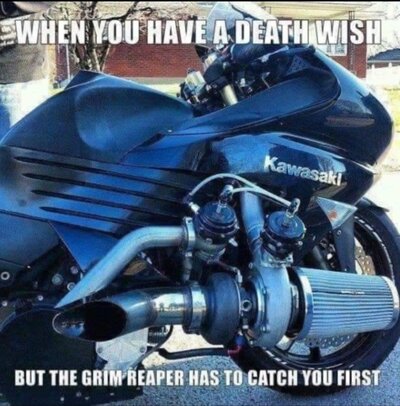"drifting" used to describe a condition where the front and rear of the car are operating at the same slip angle, that is zero understeer or oversteer. Since the 90s, the term "drifting" became co-opted to describe an exhibition sport wherein RWD cars are intentionally driven around a track with massive oversteer and driven at opposite-lock nearly the entire time. The classic "drift" was, where controllable, a way to make a car go around a racetrack at a few ticks over its limit of adhesion. Modern "drifting" is a way to induce oversteer for effect.
I think the Ford Granada story likely uses the modern form of the term "drifting", which would be a condition of oversteer and opposite lock through a corner. That's trivially easy to do with any car with leaf springs and a live axle with an open differential. You just over cook the corner enough that it creates huge amounts of body roll to unload both inside tires, the inside rear tire spins so it loses nearly all traction. Then lift the throttle to create snap oversteer when the weight shifts to the front, and mash the pedal once it starts to oversteer to keep the inside tire spinning and as long as you never get any rear grip back, it'll oversteer and you drive opposite lock through the turn. If you're lucky not bumping the guardrail.
This is exactly how you do it in a low powered FWD car with lots of rear roll stiffness, because you lose the inside rear tire because it's in the air. The big difference is a FWD car you can modulate the oversteer with throttle. RWD car with an open diff, once the rear breaks loose, you're pretty much a passenger until you scrub off enough speed to rebalance the rear end.
I think the Ford Granada story likely uses the modern form of the term "drifting", which would be a condition of oversteer and opposite lock through a corner. That's trivially easy to do with any car with leaf springs and a live axle with an open differential. You just over cook the corner enough that it creates huge amounts of body roll to unload both inside tires, the inside rear tire spins so it loses nearly all traction. Then lift the throttle to create snap oversteer when the weight shifts to the front, and mash the pedal once it starts to oversteer to keep the inside tire spinning and as long as you never get any rear grip back, it'll oversteer and you drive opposite lock through the turn. If you're lucky not bumping the guardrail.
This is exactly how you do it in a low powered FWD car with lots of rear roll stiffness, because you lose the inside rear tire because it's in the air. The big difference is a FWD car you can modulate the oversteer with throttle. RWD car with an open diff, once the rear breaks loose, you're pretty much a passenger until you scrub off enough speed to rebalance the rear end.



 Feel free to hang out and lurk as long as you like. However, we would like to encourage you to
Feel free to hang out and lurk as long as you like. However, we would like to encourage you to 

 Yeah but, mr. Doug, the bikes you have are the “slow” kind right? Wink wink.
Yeah but, mr. Doug, the bikes you have are the “slow” kind right? Wink wink.